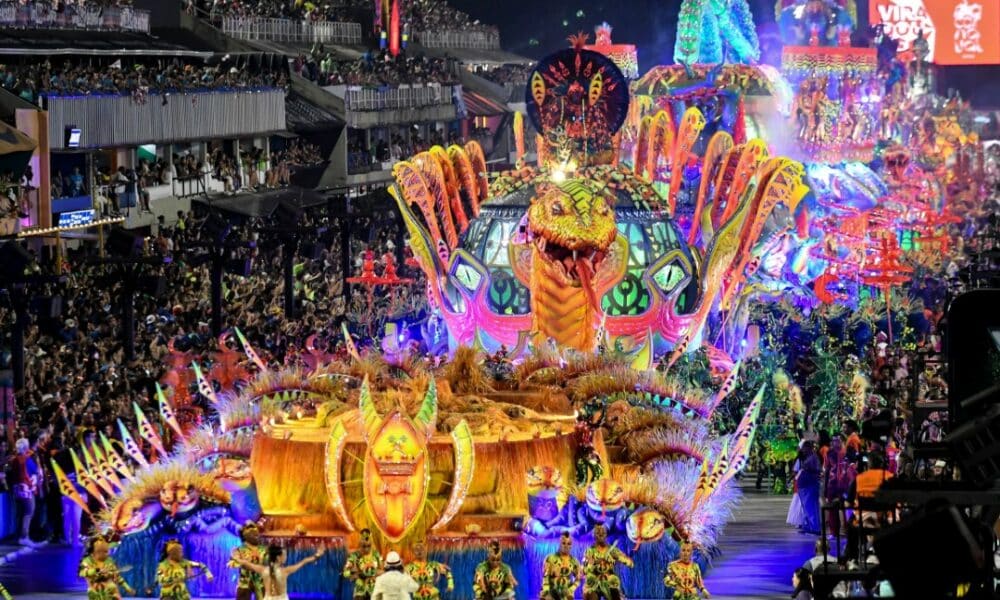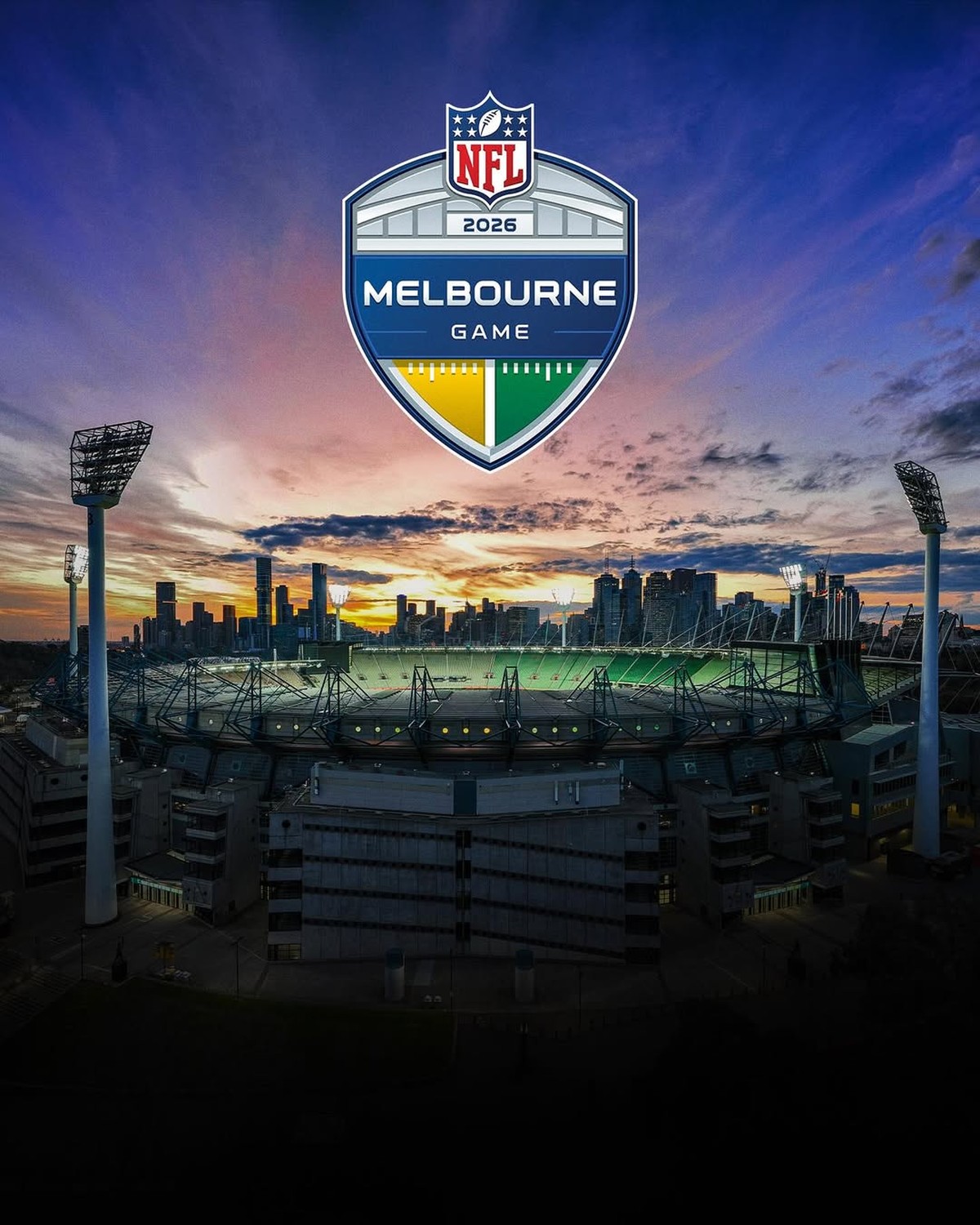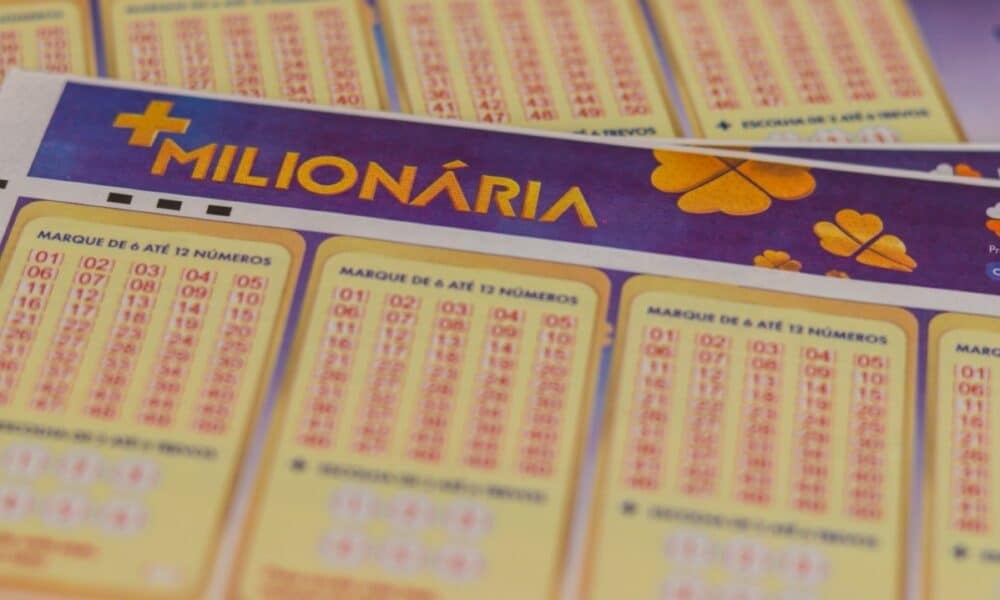understand how the party dates are defined
Carnival 2025 promises to be a true explosion of color, samba, and joy. The dates for the festivities are already set: from March 1 to 5. In 2025, the event will take place slightly later than usual, in March, instead of February, as it typically does. The date, which is one of the most eagerly awaited by Brazilians and tourists from all over the world, marks the most festive period of the year, with celebrations in various parts of the country. For those already planning blocks, parades, and festivities, it’s essential to mark the exact days on your calendar: Saturday, March 1, through Ash Wednesday, March 5.
The date of Carnival is a point of curiosity for many, especially for those who seek to understand the factors that determine this variation in the calendar. The choice of these days is not arbitrary and follows a precise criterion. To understand how the Carnival date is set, it’s necessary to go back to a historically significant event. The date of the festival is determined by Easter, which, in turn, depends on a series of astronomical calculations. Although it is a popular celebration deeply rooted in Brazilian culture, Carnival originated much earlier than the festival in the country. It is closely tied to the liturgical calendar of the Catholic Church, in which Easter, marking the resurrection of Christ, always occurs on the first Sunday after the first full moon of the spring equinox in the Northern Hemisphere, and Carnival occurs 40 days before. This 40-day interval, which extends to Ash Wednesday, precedes the period of Lent. The gap between Carnival and Easter can vary from year to year since Easter is not fixed and is determined by the lunar cycle.
Throughout history, Carnival has been celebrated in various ways and on different dates, but always with a strong connection to the church and religious calendars. In modern times, the festival has become one of Brazil’s largest cultural and tourist events, also serving as a reference for other countries. Brazilian Carnival is the perfect example of how ancient traditions can evolve and blend with popular culture while maintaining the historical roots that originated it.

Carnival 2025 Dates Are Set
In 2025, the celebration will take place from Saturday, March 1, through Ash Wednesday, March 5. It’s important for revelers to prepare for the festivities that mark the peak of the Brazilian summer. For many cities, this period will be marked not only by samba school parades but also by the street parties (blocos de rua) that continue to grow in popularity each year. The festivities vary across regions of Brazil, but in general, Carnival attracts millions of people, generating a huge economic boost, especially in states that host the largest parades, such as Rio de Janeiro and São Paulo. Besides the traditional Carnival activities in each city, the street parties, which attract a diverse crowd of all ages, are a spectacle in themselves.
In some cities, the street parties may start even a week earlier, and the event extends until the end of the Carnival. São João Nepomuceno, one of the traditional Carnival hotspots in Minas Gerais, celebrates the festival in its own unique style. Meanwhile, in Rio de Janeiro, the glamour of the parades along iconic avenues such as the Sambadrome attracts tourists from all over the world, who don’t miss the opportunity to witness the grandiose floats and costumes. The fusion of samba, popular culture, and a passion for art makes the Rio Carnival one of the largest festivals on the planet. Further north, in Salvador, the streets come alive with an infectious dance rhythm, dominated by Axé music and the energetic sound of the electric trios.
Carnival Calendar 2025
The Carnival calendar for 2025 includes the most anticipated days of the popular festival, which are as follows:
- Carnival Saturday: March 1
- Carnival Sunday: March 2
- Carnival Monday: March 3
- Carnival Tuesday: March 4
- Ash Wednesday: March 5
Carnival is not just a celebration of revelry; it also has a profound impact on the economy and society of Brazil. Estimates suggest that the event will generate billions of reais in 2025, considering ticket sales for the parades, tourism, hospitality services, food and beverage sales, and many other economic aspects tied to the event. Brazil, especially cities like Rio de Janeiro, Salvador, and São Paulo, will see a significant rise in both national and international tourism. In addition, Carnival is also one of the largest social inclusion events, with people from all ages, social classes, and backgrounds taking part in street blocks, samba schools, and organized parties.
For samba schools, Carnival is a showcase of talent and collective effort. They spend millions of reais to assemble their parades, which, in addition to involving hundreds of people, also attract the attention of tourists, journalists, and critics from around the world. The parades are a spectacle of art, creativity, and culture that dazzle not only for the beauty of the floats and costumes but also for the energy exuded by the participants. The festival is also a celebration of Afro-Brazilian roots, symbolizing both resistance and popular culture. The significance of Carnival for Brazil’s cultural identity cannot be overstated.
The Criteria for Choosing the Carnival Date
Many people wonder why Carnival does not have a fixed date, but rather occurs within a window that varies each year. The explanation lies in the way Easter is calculated. Easter is celebrated on the first Sunday after the first full moon following the spring equinox in the Northern Hemisphere. This calculation method was established at the First Council of Nicaea in 325 AD, when it was decided that Easter should be observed after the first full moon following the spring equinox.
This determination by the Catholic Church also directly impacted the celebrations leading up to Easter, including Shrove Tuesday (Carnival’s day). Since Carnival takes place 40 days before Easter, the dates vary based on the lunar movement. Easter can be celebrated anytime between March 22 and April 25, so Carnival can fall between February and March. This means that, depending on the year, Carnival may occur in either February or March, but always 40 days before Easter, resulting in a shift in the calendar year to year.
This formula, based on the lunar cycle, makes Carnival an event that follows an ancient tradition, but one that adapts to the astronomical variations. The same method used to calculate the date of Easter is what ensures that Carnival, with all its popular festivities, is celebrated within this changing period, based on the circumstances of each year. Thus, Brazilians prepare for the grand celebration with a date that, although it changes every year, always carries the same spirit of revelry and joy.
Social and Economic Impact of Carnival 2025
Carnival is much more than just a party; it has a profound impact on both the economy and society of Brazil. According to estimates, the 2025 event will generate billions of reais, considering the ticket sales for the parades, tourism, hotel services, food and beverage sales, and many other aspects tied to the event. Brazil, especially cities such as Rio de Janeiro, Salvador, and São Paulo, will experience a surge in both national and international tourism. In addition, Carnival is one of the largest events promoting social inclusion, with people of all ages, social classes, and backgrounds participating in street parties, samba schools, and organized events.
For samba schools, Carnival is a platform for showcasing talent and collective effort. Schools spend millions of reais preparing their parades, which, in addition to involving hundreds of participants, attract the attention of tourists, journalists, and critics worldwide. The parades are a display of art, creativity, and culture that captivates audiences, not only because of the beauty of the floats and costumes but also because of the energy and passion that participants bring to the event. Carnival is a celebration of Brazil’s African roots and popular culture, reflecting both resistance and joy. The importance of Carnival in shaping Brazil’s cultural identity cannot be underestimated.
Cultural Legacy and the Future of Carnival
As Carnival 2025 approaches, it is important to reflect on the cultural legacy that the festival leaves for future generations. The event is not just a celebration of the present but also a way to preserve and transmit traditions that date back to Brazil’s colonization and the fusion of indigenous, African, and European cultures. The street Carnival, with its massive gatherings, blocks, and bands, is a true celebration of democracy and the people, where all social strata come together and celebrate life. Over the years, Carnival has diversified, incorporating new rhythms such as funk and rock, but it has always preserved its original essence.
Thus, Carnival 2025 is more than just a date on the calendar. It is a celebration that involves millions of Brazilians and foreigners, and, in addition to boosting the economy, it remains one of the country’s largest cultural events, reflecting the joy, diversity, and unity of the Brazilian people. If you haven’t marked it on your calendar yet, it’s time to do so. Carnival is coming, and it promises, once again, to be unforgettable.

Carnival 2025 promises to be a true explosion of color, samba, and joy. The dates for the festivities are already set: from March 1 to 5. In 2025, the event will take place slightly later than usual, in March, instead of February, as it typically does. The date, which is one of the most eagerly awaited by Brazilians and tourists from all over the world, marks the most festive period of the year, with celebrations in various parts of the country. For those already planning blocks, parades, and festivities, it’s essential to mark the exact days on your calendar: Saturday, March 1, through Ash Wednesday, March 5.
The date of Carnival is a point of curiosity for many, especially for those who seek to understand the factors that determine this variation in the calendar. The choice of these days is not arbitrary and follows a precise criterion. To understand how the Carnival date is set, it’s necessary to go back to a historically significant event. The date of the festival is determined by Easter, which, in turn, depends on a series of astronomical calculations. Although it is a popular celebration deeply rooted in Brazilian culture, Carnival originated much earlier than the festival in the country. It is closely tied to the liturgical calendar of the Catholic Church, in which Easter, marking the resurrection of Christ, always occurs on the first Sunday after the first full moon of the spring equinox in the Northern Hemisphere, and Carnival occurs 40 days before. This 40-day interval, which extends to Ash Wednesday, precedes the period of Lent. The gap between Carnival and Easter can vary from year to year since Easter is not fixed and is determined by the lunar cycle.
Throughout history, Carnival has been celebrated in various ways and on different dates, but always with a strong connection to the church and religious calendars. In modern times, the festival has become one of Brazil’s largest cultural and tourist events, also serving as a reference for other countries. Brazilian Carnival is the perfect example of how ancient traditions can evolve and blend with popular culture while maintaining the historical roots that originated it.

Carnival 2025 Dates Are Set
In 2025, the celebration will take place from Saturday, March 1, through Ash Wednesday, March 5. It’s important for revelers to prepare for the festivities that mark the peak of the Brazilian summer. For many cities, this period will be marked not only by samba school parades but also by the street parties (blocos de rua) that continue to grow in popularity each year. The festivities vary across regions of Brazil, but in general, Carnival attracts millions of people, generating a huge economic boost, especially in states that host the largest parades, such as Rio de Janeiro and São Paulo. Besides the traditional Carnival activities in each city, the street parties, which attract a diverse crowd of all ages, are a spectacle in themselves.
In some cities, the street parties may start even a week earlier, and the event extends until the end of the Carnival. São João Nepomuceno, one of the traditional Carnival hotspots in Minas Gerais, celebrates the festival in its own unique style. Meanwhile, in Rio de Janeiro, the glamour of the parades along iconic avenues such as the Sambadrome attracts tourists from all over the world, who don’t miss the opportunity to witness the grandiose floats and costumes. The fusion of samba, popular culture, and a passion for art makes the Rio Carnival one of the largest festivals on the planet. Further north, in Salvador, the streets come alive with an infectious dance rhythm, dominated by Axé music and the energetic sound of the electric trios.
Carnival Calendar 2025
The Carnival calendar for 2025 includes the most anticipated days of the popular festival, which are as follows:
- Carnival Saturday: March 1
- Carnival Sunday: March 2
- Carnival Monday: March 3
- Carnival Tuesday: March 4
- Ash Wednesday: March 5
Carnival is not just a celebration of revelry; it also has a profound impact on the economy and society of Brazil. Estimates suggest that the event will generate billions of reais in 2025, considering ticket sales for the parades, tourism, hospitality services, food and beverage sales, and many other economic aspects tied to the event. Brazil, especially cities like Rio de Janeiro, Salvador, and São Paulo, will see a significant rise in both national and international tourism. In addition, Carnival is also one of the largest social inclusion events, with people from all ages, social classes, and backgrounds taking part in street blocks, samba schools, and organized parties.
For samba schools, Carnival is a showcase of talent and collective effort. They spend millions of reais to assemble their parades, which, in addition to involving hundreds of people, also attract the attention of tourists, journalists, and critics from around the world. The parades are a spectacle of art, creativity, and culture that dazzle not only for the beauty of the floats and costumes but also for the energy exuded by the participants. The festival is also a celebration of Afro-Brazilian roots, symbolizing both resistance and popular culture. The significance of Carnival for Brazil’s cultural identity cannot be overstated.
The Criteria for Choosing the Carnival Date
Many people wonder why Carnival does not have a fixed date, but rather occurs within a window that varies each year. The explanation lies in the way Easter is calculated. Easter is celebrated on the first Sunday after the first full moon following the spring equinox in the Northern Hemisphere. This calculation method was established at the First Council of Nicaea in 325 AD, when it was decided that Easter should be observed after the first full moon following the spring equinox.
This determination by the Catholic Church also directly impacted the celebrations leading up to Easter, including Shrove Tuesday (Carnival’s day). Since Carnival takes place 40 days before Easter, the dates vary based on the lunar movement. Easter can be celebrated anytime between March 22 and April 25, so Carnival can fall between February and March. This means that, depending on the year, Carnival may occur in either February or March, but always 40 days before Easter, resulting in a shift in the calendar year to year.
This formula, based on the lunar cycle, makes Carnival an event that follows an ancient tradition, but one that adapts to the astronomical variations. The same method used to calculate the date of Easter is what ensures that Carnival, with all its popular festivities, is celebrated within this changing period, based on the circumstances of each year. Thus, Brazilians prepare for the grand celebration with a date that, although it changes every year, always carries the same spirit of revelry and joy.
Social and Economic Impact of Carnival 2025
Carnival is much more than just a party; it has a profound impact on both the economy and society of Brazil. According to estimates, the 2025 event will generate billions of reais, considering the ticket sales for the parades, tourism, hotel services, food and beverage sales, and many other aspects tied to the event. Brazil, especially cities such as Rio de Janeiro, Salvador, and São Paulo, will experience a surge in both national and international tourism. In addition, Carnival is one of the largest events promoting social inclusion, with people of all ages, social classes, and backgrounds participating in street parties, samba schools, and organized events.
For samba schools, Carnival is a platform for showcasing talent and collective effort. Schools spend millions of reais preparing their parades, which, in addition to involving hundreds of participants, attract the attention of tourists, journalists, and critics worldwide. The parades are a display of art, creativity, and culture that captivates audiences, not only because of the beauty of the floats and costumes but also because of the energy and passion that participants bring to the event. Carnival is a celebration of Brazil’s African roots and popular culture, reflecting both resistance and joy. The importance of Carnival in shaping Brazil’s cultural identity cannot be underestimated.
Cultural Legacy and the Future of Carnival
As Carnival 2025 approaches, it is important to reflect on the cultural legacy that the festival leaves for future generations. The event is not just a celebration of the present but also a way to preserve and transmit traditions that date back to Brazil’s colonization and the fusion of indigenous, African, and European cultures. The street Carnival, with its massive gatherings, blocks, and bands, is a true celebration of democracy and the people, where all social strata come together and celebrate life. Over the years, Carnival has diversified, incorporating new rhythms such as funk and rock, but it has always preserved its original essence.
Thus, Carnival 2025 is more than just a date on the calendar. It is a celebration that involves millions of Brazilians and foreigners, and, in addition to boosting the economy, it remains one of the country’s largest cultural events, reflecting the joy, diversity, and unity of the Brazilian people. If you haven’t marked it on your calendar yet, it’s time to do so. Carnival is coming, and it promises, once again, to be unforgettable.













Publicar comentário